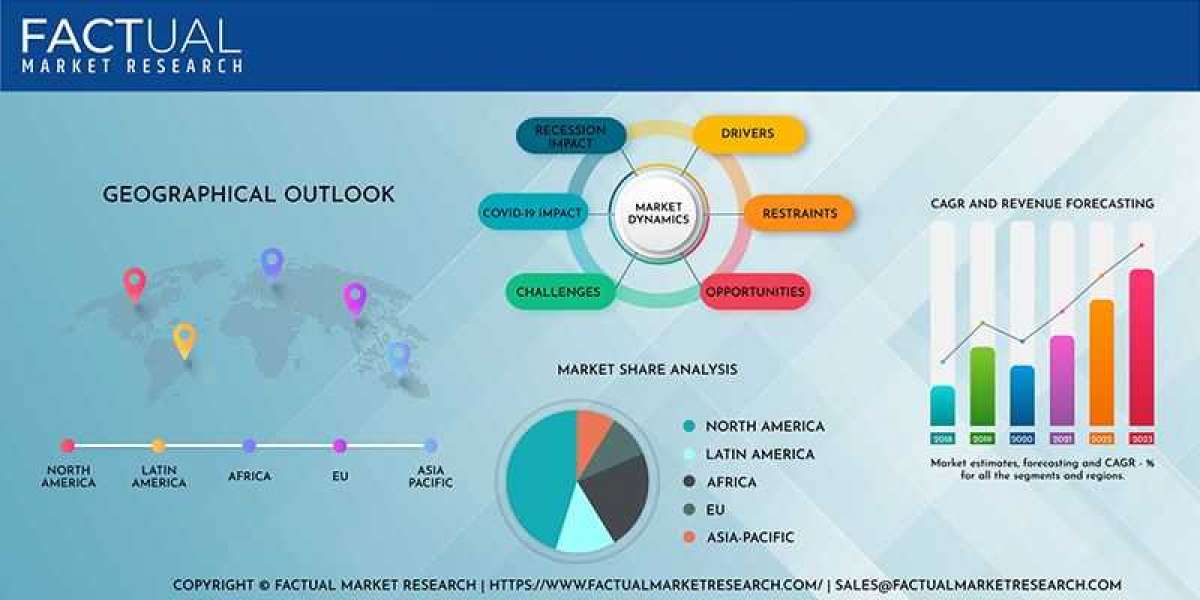Chemical suppliers are increasingly adapting to Industry 4.0 and automation to enhance efficiency, sustainability, and resilience in their operations. Here’s how new technologies like AI, IoT, and robotics are transforming the chemical supply chain:
1. Role of AI in Chemical Supply Chains
AI is being leveraged across various aspects of the chemical industry to optimize operations and drive innovation:
- Predictive Maintenance: AI algorithms analyze equipment sensor data to predict potential failures and schedule maintenance, reducing downtime and extending equipment lifespan.
- Supply Chain Optimization: AI analyzes data from suppliers, transportation networks, and production facilities to optimize inventory levels, reduce lead times, and minimize disruptions.
- Quality Control: AI-powered computer vision and machine learning detect defects and anomalies in real-time, reducing the need for manual inspection.
- Sustainability: AI helps chemical companies reduce their environmental impact by optimizing energy consumption, reducing waste, and improving resource utilization.
2. IoT Integration
The Internet of Things (IoT) is enhancing transparency and efficiency in chemical supply chains:
- Real-Time Monitoring: IoT devices enable real-time tracking of chemical shipments, ensuring safety and compliance while optimizing logistics.
- Smart Factories: IoT sensors in production facilities allow for continuous monitoring and optimization of processes, creating more agile and responsive supply chains.
3. Robotics and Automation
Robotics and automation are being used to enhance safety and efficiency in chemical manufacturing:
- Automated Production: Robots and cobots are deployed in hazardous environments to reduce human exposure to dangerous chemicals and improve production efficiency.
- Logistics and Warehousing: Automated systems manage inventory and handle chemical storage, reducing errors and improving order processing.
4. Challenges in Adopting New Technologies
Despite the benefits, chemical suppliers face several challenges in integrating these technologies:
- Complexity and Cost: Implementing advanced technologies like AI and IoT requires significant investment and expertise.
- Data Management: Effective integration of these technologies necessitates robust data management systems to ensure accurate and actionable insights.
- Regulatory Compliance: Chemical companies must navigate complex regulatory frameworks while adopting new technologies to ensure safety and sustainability.
5. Future Trends
Looking ahead, the chemical industry is expected to continue its digital transformation:
- Sustainability Focus: Companies are increasingly adopting green chemistry and circular economy principles to reduce their environmental footprint.
- Localized Supply Chains: To enhance resilience, chemical suppliers are diversifying their supply sources and investing in local suppliers to mitigate risks associated with global disruptions.
- Innovation in Specialty Chemicals: There is growing demand for high-performance and sustainable specialty chemicals, driven by sectors like electronics, pharmaceuticals, and renewable energy.
By embracing Industry 4.0 technologies, chemical suppliers can achieve greater efficiency, sustainability, and resilience in their supply chains. This transformation not only enhances their competitive edge but also aligns with global trends towards greener and more sustainable practices.







